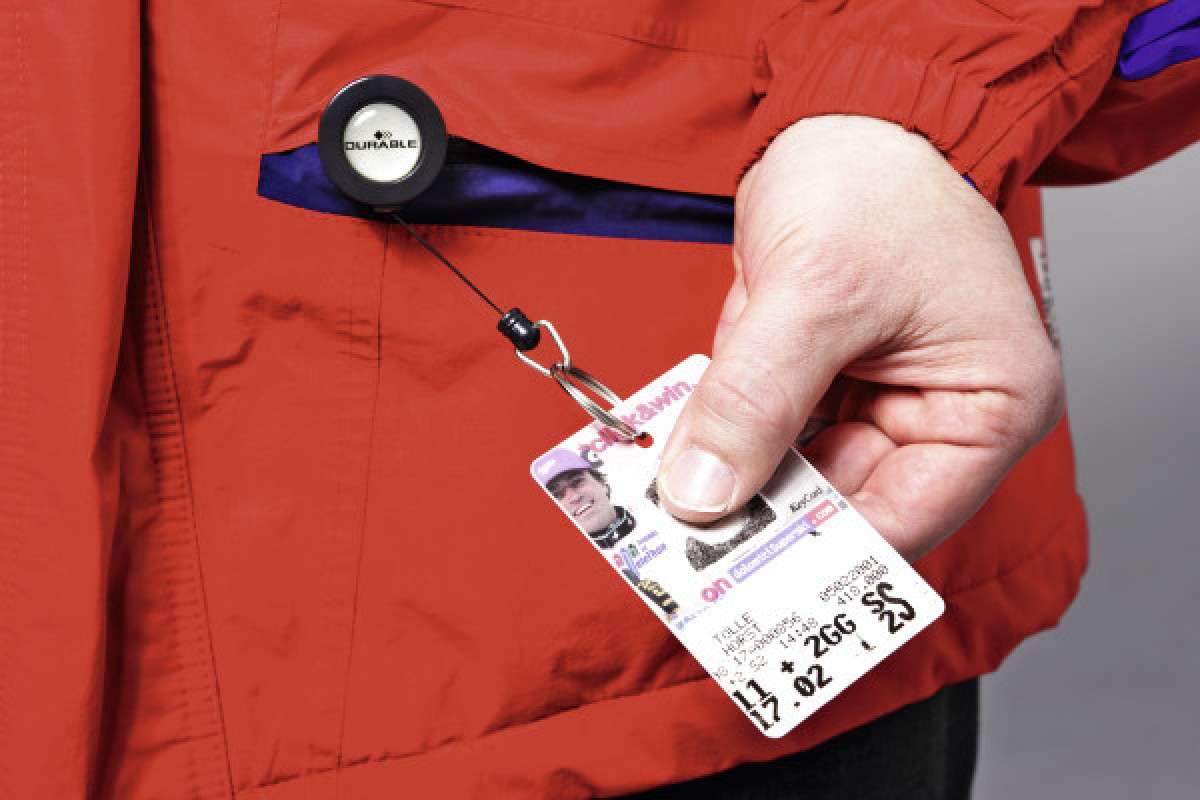Most of the time, phishing emails are easy to spot. Either they?re riddled with grammatical errors or are immediately filtered into your spam folder. However, a phishing statistic by Verizon suggests one in every five data breaches are a result of phishing. Even scarier, CISCO found that 86% of organizations had at least one user attempt to connect to a phishing website.?
This suggests that businesses need to put more emphasis on cybersecurity. To help you protect your company?s confidential information, we?ve outlined five crucial phishing prevention tips below.

1. Use Security Software
One of the best ways to keep your company information secure is to install reliable security software. Certain programs can detect malicious urls and scan email attachments to make sure that they?re safe. If an employee suspects that they?ve downloaded a virus of some sort, anti-virus programs can detect and neutralize the threat.
2. Invest in Cybersecurity Trainings
In order to avoid phishing emails, your employees need to be educated on the importance of cybersecurity and how to spot potential threats. Including cybersecurity training with your onboarding process keeps your employees up-to-date on how they can secure their information. You can even take advantage of free courses from FedVTE and the Department of Health and Human Services.?
3. Use Multi-factor Authentication
Having a strong password alone is no longer enough to protect your confidential information. It?s important to have a backup plan in case user login credentials are compromised. This is where multi-factor authentication becomes essential.
Multi-factor authentication is a process that requires users to provide two or more verification factors to access their account. This means that you could have to answer a text, a phone call or fill out security questions in order to log in after entering your password. This means that even if a scammer acquires your login credentials, your sensitive business information will remain safe.
4. Recognize Email Red Flags
There are a variety of red flags that can tip you off to a potential phishing attempt. Before you answer an email, look out for the following warning signs:
- Requesting sensitive information: If an email is requesting confidential information, that?s immediately something to be suspicious of.
- Using a different domain: Scammers often impersonate popular brands like AT&T or LinkedIn. Check the senders of these emails to see if their email domain matches the company they?re impersonating.
- Grammatical errors: Often phishing emails are immediately noticeable because they?re filled with grammatical errors.
- Vagueness: If the email isn?t personalized to you, it?s likely that it is spam sent by someone you don?t know.
- Urgency: Phishing scammers often write urgent subject lines to pressure you into sending them the information they want.
When you?re able to recognize these warning signs, you can avoid clicking on phishing emails in the first place.
5. Communicate
Phishing emails are sometimes personalized to a specific business. Scammers might spoof company email accounts and claim to be executives in your company to fool newer employees to transfer money or send confidential information their way. This type of phishing attempt is also known as CEO fraud.
To fight against these attacks, communicate received cyberattacks with your company. Take a screenshot of the email and warn your coworkers or employees about the threat.?
Conclusion
As more workplaces move to a remote environment, cyberattacks become more common. To prevent your workplace from falling victim to a phishing scam, make sure to use security software, multi-factor authentication and invest in cybersecurity training for your employees. For more information about phishing and tips to protect your business, check out the infographic below.









